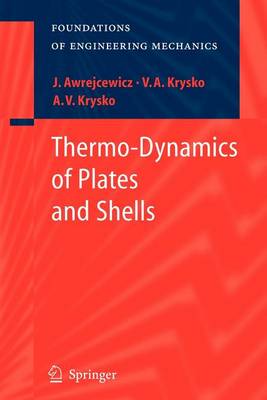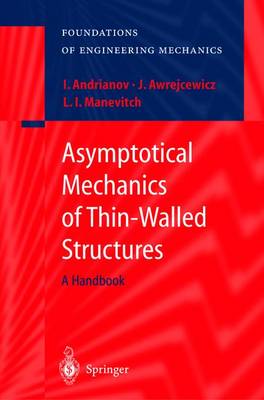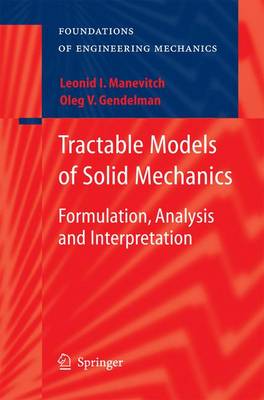Foundations of Engineering Mechanics
3 total works
Thermo-Dynamics of Plates and Shells
by Jan Awrejcewicz, Vadim Anatolevich Krys'ko, and Anton V Krysko
This monograph is devoted to nonlinear dynamics of thin plates and shells with thermosensitive excitation. Because of the variety of sizes and types of mathematical models in current use, there is no prospect of solving them analytically. However, the book emphasizes a rigorous mathematical treatment of the obtained differential equations, since it helps efficiently in further developing of various suitable numerical algorithms to solve the stated problems.
Asymptotical Mechanics of Thin-Walled Structures
by Igor V. Andrianov, Jan Awrejcewicz, and Leonid I Manevitch
Tractable Models of Solid Mechanics
by Oleg V. Gendelman and Leonid I Manevitch
The first part of the book briefly reviews classical tractable models for a simple description of complex effects developed from the 18th to the 20th century and widely used in modern mechanics. The second part describes systematically the new tractable models used today for the treatment of increasingly complex mechanical objects - from systems with two degrees of freedom to three-dimensional continuous objects.


